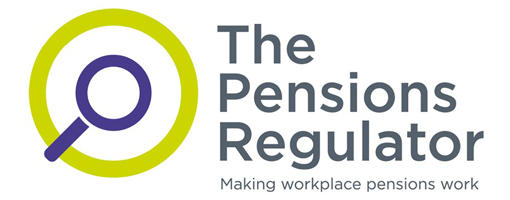New figures from The Protection Pension Fund (PPF) show that the pension scheme lifeboat has reduced its ethnicity pay and bonus gaps, but saw gender remuneration differences increase between 2021 and 2022.
The PPF presided over a drop in the median ethnicity pay gap from 15.6 per cent in 2021 to 14.26 per cent in 2022, and a decrease from 18.82 per cent to 14.43 per cent in the difference in the mean hourly rate of pay.
The proportion of ethnic minority employees receiving bonus pay has increased from 78 per cent in 2021 to 79 per cent in 2022, compared to an increase from 85 per cent to 88 per cent for white employees.
The proportion of black employees receiving bonus pay is 72 per cent.
In terms of gender salary disparity, the median rate of pay gap increased from 15.86 per cent in 2021 to 16.64 per cent in 2022.
There has also been a small jump in the median bonus pay gap from 16.21 per cent in 2021, to 17.64 per cent in 2022.
The organisation was quick to point out however, that "on both a mean and median basis since the PPF started reporting on them in 2017", gender pay and bonus gaps have reduced.
The PFF has also reported on the disability and long-term health condition pay gap for the first time.
The difference in the median hourly rate of pay between employees who do not report having a disability or long-term health condition and those who do is 2.04 per cent, and the difference in the mean hourly rate of pay is 11.07 per cent.
The difference in the median bonus pay is 4.06 per cent and the difference in the mean bonus pay is 49.26 per cent.
The PPF's sixth Diversity Pay Gap report also reveals that the proportion of senior managers from an ethnic minority background has increased from 14.1 per cent in 2021 to 15.6 per cent in December 2022.
The lifeboat has also met its target to increase black representation across the organisation to nine per cent by December 2023.
Explaining to stalling in progress between the gender pay gap, the PPF's chief people officer, Katherine Easter, said: "Our pay gap exists because our highest paid roles in areas such as investment and technology are over-represented by men. This reflects gender imbalances inherent in our sector and in wider society, where these are traditionally male-dominated fields.”
The PPF has, however, made progress on its Women in Finance Charter target, which is to have women in 45 per cent of senior roles by December 2023. In August 2022, 44 per cent of senior roles were held by women, and half of its board and executive committee are female.
Latest News
-
FCA consults on plans to better support DC digital planning and transfers amid 'changing market'
-
FCA to consult on pension charge cap in Q2 2026
-
‘No let-up’ in regulatory activity for DB schemes amid heightened scrutiny
-
Keeping track of the latest pensions dashboards connections
-
Govt asked to provide update on SPA transition research
-
This week in pensions: 8-12 December
Private markets – a growing presence within UK DC
Laura Blows discusses the role of private market investment within DC schemes with Aviva Director of Investments, Maiyuresh Rajah
The DB pension landscape
Pensions Age speaks to BlackRock managing director and head of its DB relationship management team, Andrew Reid, about the DB pensions landscape
Podcast: From pension pot to flexible income for life

Podcast: Who matters most in pensions?

In the latest Pensions Age podcast, Francesca Fabrizi speaks to Capita Pension Solutions global practice leader & chief revenue officer, Stuart Heatley, about who matters most in pensions and how to best meet their needs
© 2019 Perspective Publishing Privacy & Cookies











Recent Stories